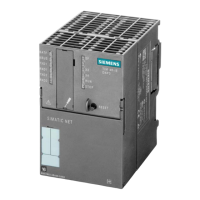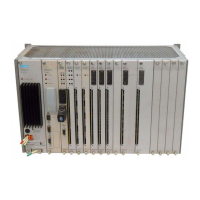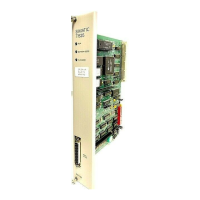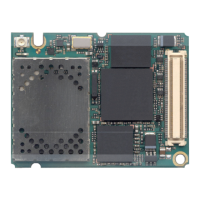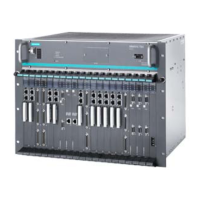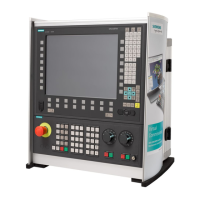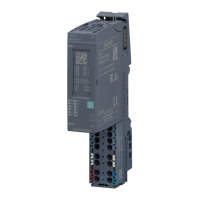The SINAUT Configuration Tool
6.6 TD7onTIM
TIM DNP3
232 System Manual, 06/2014, C79000-G8976-C253-03
Specifies the MODBUS data type. The following MODBUS data types are
available:
Read coils
(read 1 value, 1 bit)
Read discrete inputs
(read multiple input values,1 bit)
Read holding register
(read 1 parameter,16 bits)
Read input register
(read multiple values,16 bits)
Note
Changing the MODBUS input
The function codes are interlocked with
certain data types and their number in the S7 CPU
Note the following conditions when switching over the function codes:
Coils / Discrete Inputs → Holding Register / Input Register
Conversion:
– Data type → WORD
The conversion is now possible.
Holding Register / Input Register → Coils / Discrete Inputs
Conversion:
– Data type → WORD
The changeover of the function code to coils or discrete inputs followed by the
changeover of the data type to BOOL is now possible.
Data read from the MODBUS slaves by TD7onTIM is saved in the output address area of the
CPU. Only the specified address areas can be written by TD7onTIM. Data for other areas,
for example analog values output via peripheral output words (PQW) must be mapped via
the bit memory or data block area by the user program.
The following options are available for the destination address:
DB: Data block
Memory bit: Memory bit area
Output: Process output image (PIQ)
By specifying the data type, you specify the data type with which the data is
transferred from the MODBUS slaves to the S7 CPU. The drop
-down list
offers the following data
types for the three memory areas:
BOOL, BYTE, CHAR, WORD, DWORD, INT, DINT, REAL

